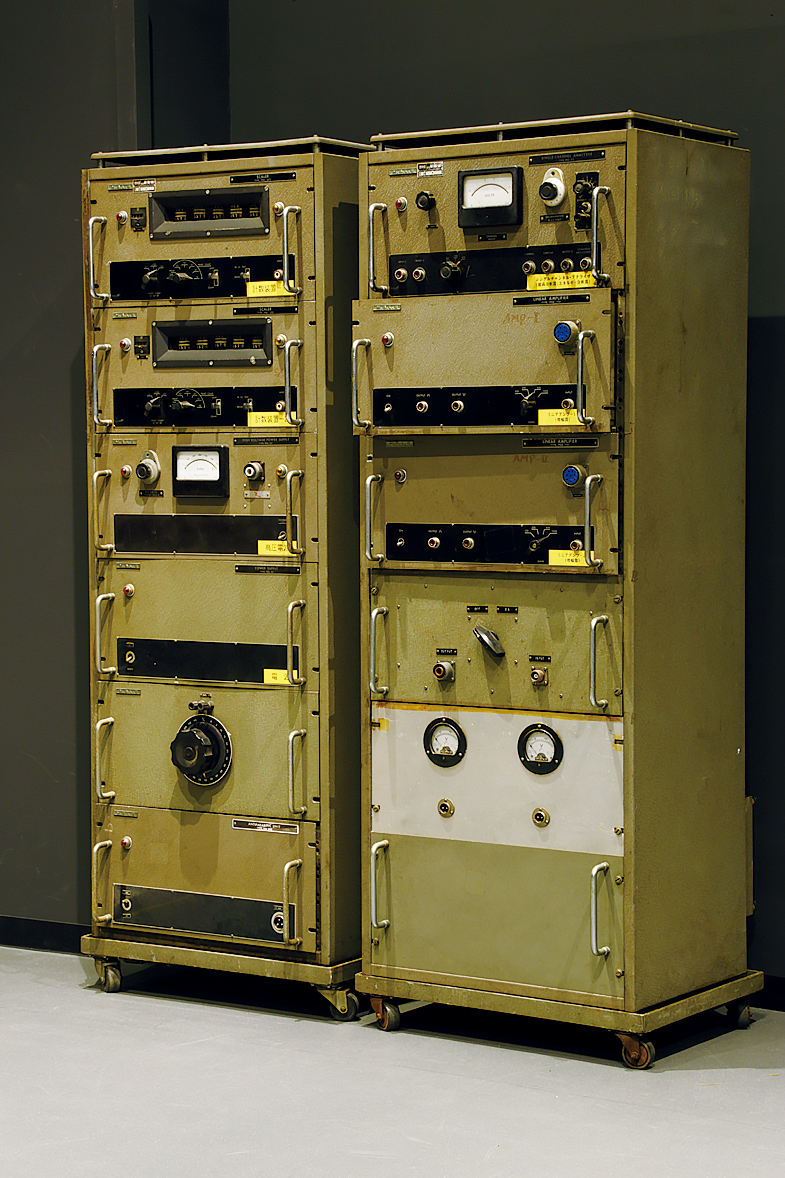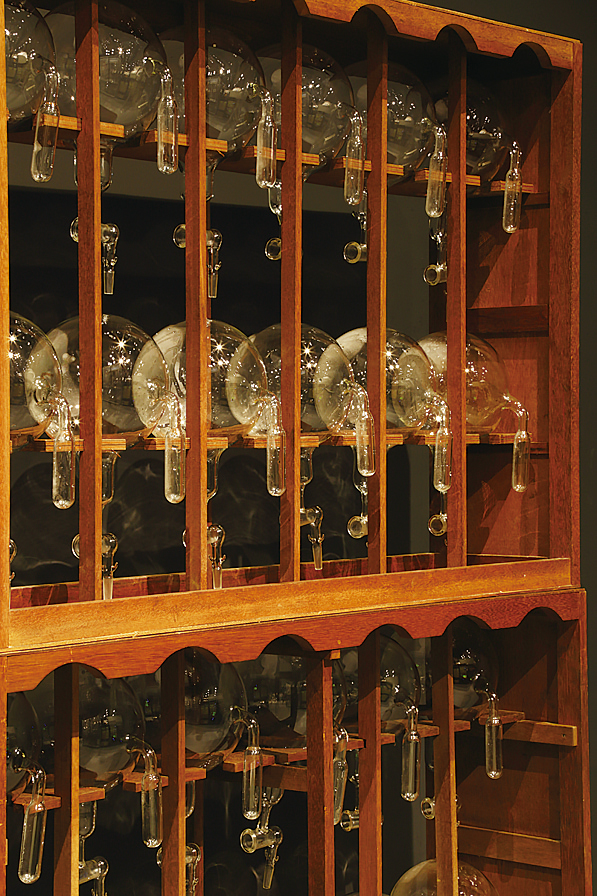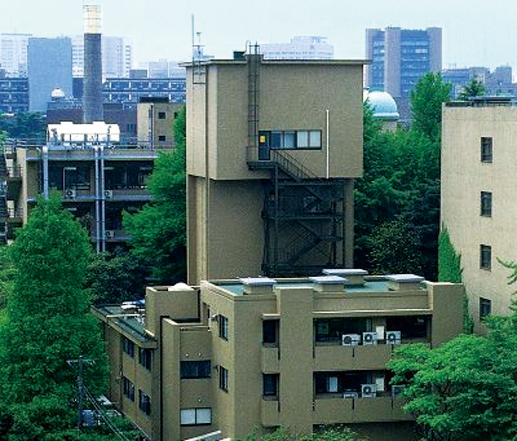H2
Chronology of the laboratory of radiocarbon dating
In 1949, Dr. W. Libby confirmed the presence of radioactive carbon in natural material, and established a methodology for radiocarbon dating in practical. The equipments and techniques for radiocarbon measurements had been developed. As an apparatus for radiocarbon to measure the β-rays emitted when the decay, for example, gas proportional counters and liquid scintillation counters had been developed and utilized. In Japan, some facilities performed radiocarbon measurements since 1950s. In 1960, the former committee corresponding to Laboratory of Radiocarbon Dating today introduced a gas proportional counter and started radiocarbon dating. To date, it is utilized in a large number of researchusing radiocarbon measurements.
In 1977, it was realized mass spectrometry incorporating accelerator, visit the revolutionary turning point in radiocarbon dating. Since measurement sensitivity was increased dramatically, field of application is to spread. AMS study was beginning from 1980 also at the University of Tokyo, has succeeded in measurements a series of nuclei, such as aluminum-26, beryllium-10, carbon-14 and so on. We, the Laboratory of Radiocarbon Dating, have started AMS measurement for radiocarbon dating since 1998 to take advantage of this method and it has been promoting the study of the researchers in various fields. Then, the introduction of the compact Accelerator Mass Spectrometer has opened a new door of radiocarbon studies at the University of Tokyo. (Minoru Yoneda & Hiromasa Ozaki)



